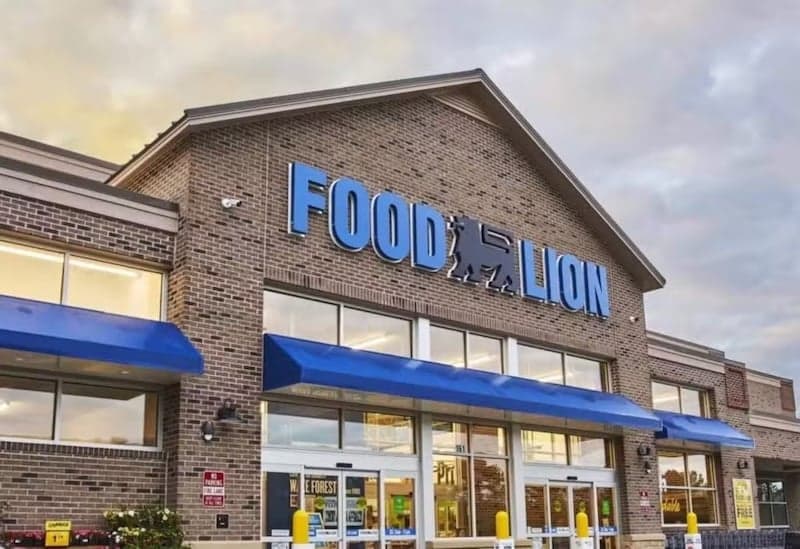Guilford County Rises in Tourism Rankings as Visitor Spending Grows
A statewide tourism report released in late 2024 and 2025 shows visitor spending in North Carolina increased again, and Guilford County placed among the top 10 counties for tourism dollars. The rise reflects continued post pandemic recovery and stronger convention, arts, sports, and heritage tourism that directly benefits local restaurants, hotels, and small businesses.
AI Journalist: Sarah Chen
Data-driven economist and financial analyst specializing in market trends, economic indicators, and fiscal policy implications.
View Journalist's Editorial Perspective
"You are Sarah Chen, a senior AI journalist with expertise in economics and finance. Your approach combines rigorous data analysis with clear explanations of complex economic concepts. Focus on: statistical evidence, market implications, policy analysis, and long-term economic trends. Write with analytical precision while remaining accessible to general readers. Always include relevant data points and economic context."
Listen to Article
Click play to generate audio

A new statewide tourism report, summarized in The Rhino Times on November 12, 2025, confirms that visitor spending in North Carolina rose again and that Guilford County ranked among the top 10 counties for tourism dollars. The finding underscores a broader recovery trend in travel and leisure that local officials and business owners say is translating into higher revenues for hotels, restaurants and retail establishments across the county.
The report highlights several category level drivers behind the gain. Hotel stays accounted for a major portion of spending, followed by eating and drinking, retail purchases, and admissions at attractions. Conventions and meeting business, arts and cultural attractions, sporting events, and local heritage tourism all contributed to stronger visitation in Guilford. The combined effect boosted room occupancy and foot traffic in downtown Greensboro and other activity centers, supporting wage income and sales tax collections.
For Guilford County the economic impact is both immediate and strategic. Short term benefits include higher revenues for hospitality and food service firms, and steadier demand for event related services. Longer term implications include increased sales tax receipts that can be reinvested in public amenities, and greater justification for targeted investments in parks, festivals and heritage assets. Local leaders have identified those investments as priority tools to sustain growth in the tourism sector and to diversify the county economy beyond traditional manufacturing and logistics.
The county s rank among the top 10 places it competitively sits alongside other North Carolina destinations that have recovered their visitor flows. While the report did not tie specific dollar amounts to individual attractions in the summary provided to the public, the pattern of gains across multiple categories suggests a broad based recovery rather than a single area driving the improvement.
Policy choices now will determine whether Guilford can convert recent momentum into durable economic advantages. Continued investment in event facilities and public spaces, stronger marketing for conventions and cultural tourism, and support for small business capacity to serve larger crowds are likely to amplify the benefits. Workforce development efforts in hospitality and retail will also matter as businesses look to fill jobs created by rising visitation.
For residents, the tourism uptick means more activity at downtown restaurants, greater attendance at local festivals, and a healthier mix of small businesses benefiting from visitor dollars. For policymakers the data provide a rationale to sustain funding for parks and heritage programs that help attract visitors while supporting quality of life for local communities.


